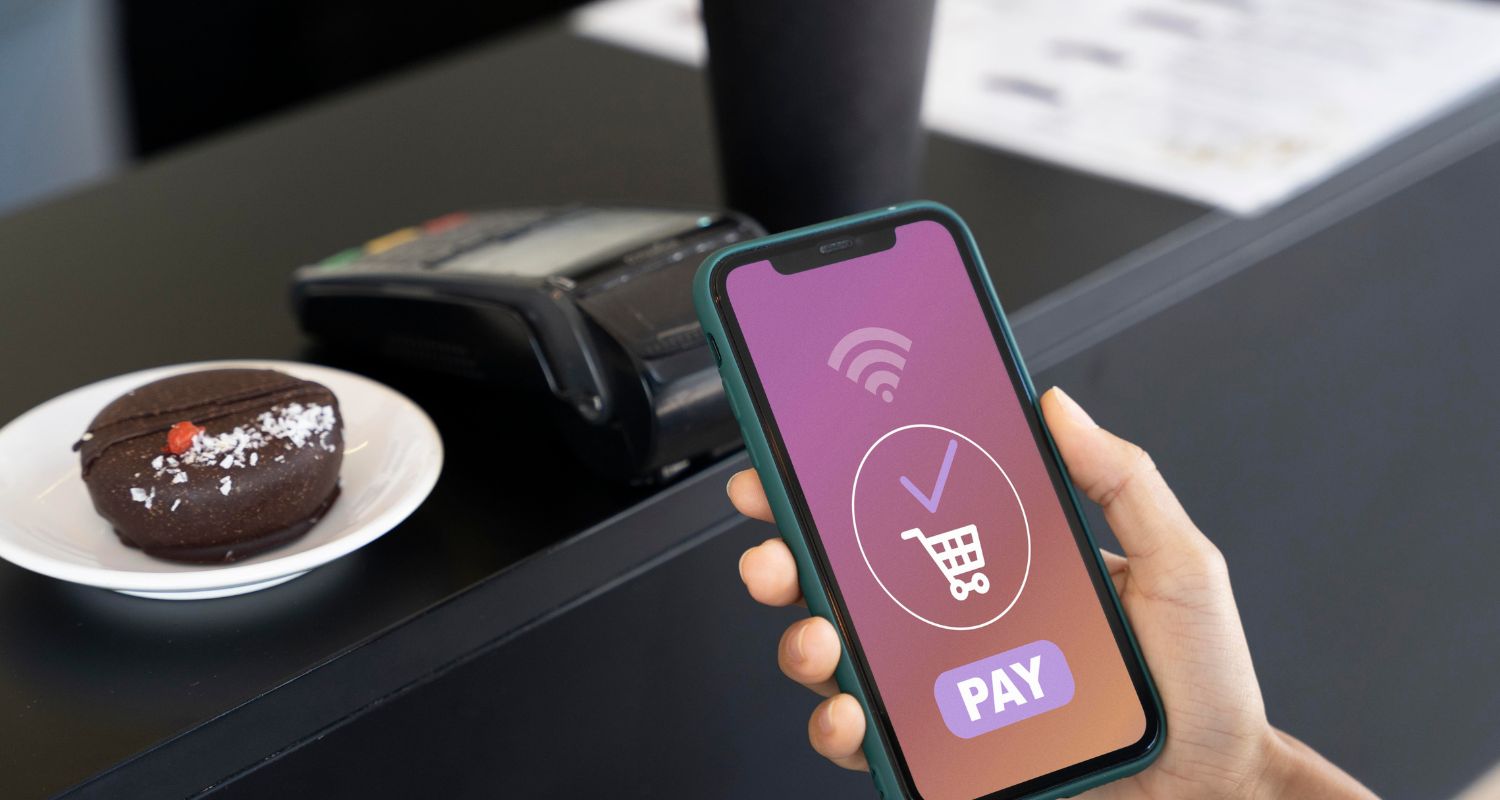Not sure where to start with graphic designing? We curated a list of tools for you.
Graphic design is quickly becoming one of those in-demand skills that can be an asset across various industries and lines of work. For entrepreneurs, a grasp of basic graphic design skills can open up a wide array of opportunities, from memorable branding to more engaging promotional content.
Whether it’s for work or just to take your social media game to another level, there must be instances where you wanted to create a cool poster, a quirky Instagram post or a funky edit of some pictures you took. But sometimes, we get held back by our Photoshop skills, or lack thereof. Well, worry no more about your graphic design skills, as we have collated a list of five free online resources to get you started on your design journey:
1. Canva
Arguably the most well-known tool on this list, Canva is a godsend for beginners to graphic design. Founded by Melanie Perkins, Cliff Obrecht, and Cameron Adams on January 1, 2013, Canva crossed 750,000 users within the first year. Besides using the website version, you can also download its mobile and desktop applications which are synced with the online platform, making it easy to edit and publish across devices.
The versatile platform comes packed with hundreds of customizable templates available in various size formats, elements and fonts for free. You can use it to create mockups, social media posts, resumes and the like as well as resize images. The platform also launched a video editing software called Canva video in 2021. It is multiplayer software, allowing users to edit in the same scene-based editor without having to download, re-upload, etc. The software also offers a scene-focused interface with which users can break down their videos into easy-to-manage pieces. This allows for easy trimming of footage, managing multiple audio tracks and using in-editor video previews to check their work.
2. Httpster
What’s cool and trendy can change rapidly in a dynamic industry like graphic design. It’s always good to keep abreast with the latest trends. This is why you need Httpster, a website collating cool design elements from other websites.
Created by designers Dominic Whittle and Tom Fitzgerald, who used it as a filing system for sites they took inspiration from, the website is now in its third iteration. For budding graphic designers, going through other websites to learn about their layouts and typography can help you gauge what is popular design-wise and gain inspiration.
3. Smithsonian Open Access
In 2020, the Smithsonian’s Open Access initiative made about 2.8 million images of wildlife, architecture, art, landscapes and more from the Smithsonian digital collection free of copyright restrictions. This gives people anywhere in the world the ability to download, transform and share these images for any purpose, free-of-cost and without further permission from the Smithsonian Museum.
The initiative was launched by the Smithsonian Institution, which consists of 21 museums and libraries, research centers and galleries as well as the National Zoological Park in Washington.
You can use the images and data made public to 3D-print replicas of ancient artifacts (such as the Apollo 11 command module that took the first astronauts to the moon!) or turn a masterpiece into a brand-new meme format!
4. Krita
Krita is your best bet if you want a Photoshop-type resource without blasting a hole through your budget. It is a free, open-source graphics editing software used primarily for digital painting and 2D animation. The beta version of Krita was released for Android and Chrome OS users on May 23, 2020. Its current version is primarily designed for illustrators, concept artists, the VFX industry, etc.
According to Krita’s usage statistics, as of September 2021, the platform saw anywhere from three to four million users on a monthly basis. The software is well-designed to accommodate the needs of illustrators as well, with a brush engine software (which helps create brushes of different textures), layer support, HDR support, transform tool, mirroring tools, drawing assistants and more.
5. Blender
Blender is an open-source, industry-standard software that focuses primarily on 3D design and animation. Blender was initially developed as an in-house application by the Dutch animation studio NeoGeo by software developer and art director Ton Roosendaal. The first version of Blender was released in January 1995, making it one of the longest running software products on this list. The software is currently on its 3.2 version.
Blender can be used in production pipelines, game development, digital sculpting, video effects for film production, animation and more. With easy-to-learn tools and a smooth running interface, artists can use Blender to create 3D backgrounds and character designs, layouts, architectural models, etc. with ease.
Developed and made open-source by French video game company Ubisoft, the Mixer add-on feature can be used to upgrade the convenience of collaborative work by allowing multiple Blender users to work on the same project in real-time.
These are only a few of the many free and easy-to-use tools out there if you’re just starting out in graphic design. There are even AI-powered design tools, such as Dall-E mini (which can create any illustrations based on keywords you feed it), for you to try out your design ideas! Once you manage to get the hang of these tools, you can explore some more advanced tools, such as Adobe Illustrator, to take your creativity and designs to the next level. We hope that with this information, you are all set to begin your journey!
Also read:
- Drawing without a Paintbrush: An Evolution of Artificial Intelligence
- How Picsart Uses AI to Empower Creators
- 8 Online Graphics Tools To Amp Up Your Brand Design
- Rethinking Product Design: Get Rid of the Instructions Manual
- SaaS Design Unicorn Canva Announces Fresh Funding of US$60M
- Canva Co-Founder Becomes the Richest Self-Made Female Billionaire
- Top 3 Jobs with the Best and Worst Work-Life Balance
Banner image courtesy of Unsplash.







